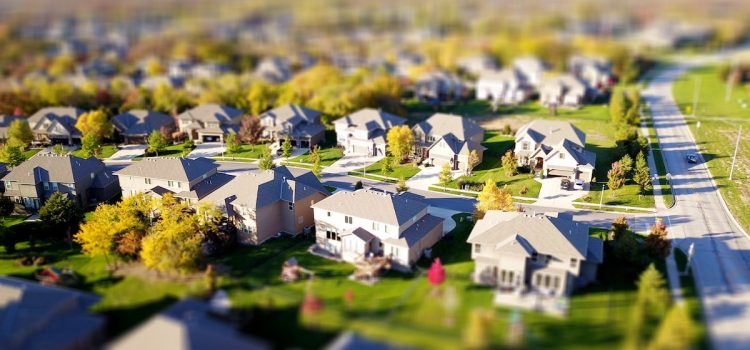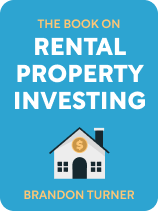

This article is an excerpt from the Shortform book guide to "The Book on Rental Property Investing" by Brandon Turner. Shortform has the world's best summaries and analyses of books you should be reading.
Like this article? Sign up for a free trial here.
Why do people buy rental properties? How do rental properties make a profit?
Whether it’s a commercial property or a single-family home, rental properties are valuable to invest in. If you’re wondering how these properties generate income, Brandon Turner’s book The Book on Rental Property Investing explains the process.
Keep reading to learn how rental properties make money.
How Rental Properties Generate Income
Turner recognizes that most people buy rental properties for income, and he specifies how rental properties make money in four ways:
1) Cash flow: This is the money coming in after you pay expenses. It’s usually regular rent from tenants. Turner argues that cash flow is the most vital income source—it creates an immediate return on your investment and funds future growth. Therefore, he advises selecting properties that produce cash flow immediately.
(Shortform note: It’s possible to increase your cash flow through revenue streams beyond rent—for instance, through paid parking or coin-operated washers and dryers. However, experts warn, too many fees like this can ruin tenant morale. Instead, consider charging only for things that the tenant would deem a luxury. This gives the tenant the option of saving money by avoiding these extras.)
2) Tax benefits: Turner notes that governments see rental property owners as economically beneficial because they provide housing for people who can’t afford to own property. Therefore, they often give owners tax benefits.
(Shortform note: One of the specific tax benefits of renting real estate properties is the pass-through deduction. If you own rental properties, either as sole or joint owner, the income you collect from them counts as qualified business income (QBI). You can then deduct up to a fifth of this QBI from your personal taxes through the pass-through option.)
3) Appreciation: A property’s worth increases over time. Turner explains that real estate has two main forms of appreciation:
- Natural appreciation: caused by economic factors like inflation, supply, demand, and scarcity
- Forced appreciation: usually caused by property improvement work, such as providing new hardware, a garage door, or even attractive landscape features like ivy or hedges)
(Shortform note: Some investors note a third possible form of appreciation: immediate appreciation. This is the instantaneous profit you gain from purchasing a property for less than it’s worth, especially if another potential buyer would’ve been willing to offer the seller more money. This is a unique form of appreciation because it doesn’t necessarily depend on market forces, as natural appreciation does—forces that aren’t within an investor’s control. It also doesn’t rely on possibly expensive forced appreciation methods. Instead, the success of immediate appreciation arguably relies on your negotiation skills. We’ll cover Turner’s approach to negotiation shortly.)
4) “Loan paydown”: Turner explains that receiving regular rent from tenants pays down your mortgage, expediting full ownership of the property. Usually, lenders apply a device called amortization to your loan payment: Initially, more of the payment is applied to the interest on the loan. However, over time, the weight of each payment shifts to paying off the principal (the initial quantity of the loan).
(Shortform note: Not all loan paydowns follow this interest-to-principal model of amortization, (often called “positive amortization”). In some cases, there’s “negative amortization”—when the terms of the loan allow the borrower more room to determine what percentage of their early payments apply to interest, as with the payment option of adjustable rate mortgages. While negative amortization may give the borrower more initial maneuverability, it has drawbacks: If your monthly payment isn’t large enough to cover all of the interest, that interest is added to the principal amount, thus increasing overall debt long-term.)

———End of Preview———
Like what you just read? Read the rest of the world's best book summary and analysis of Brandon Turner's "The Book on Rental Property Investing" at Shortform.
Here's what you'll find in our full The Book on Rental Property Investing summary:
- An educational guide to locating, buying, and managing real estate property
- The major pitfalls new investors encounter and how to overcome them
- How to hunt down, select, finance, and purchase your first property






